Super Flower Leadex Titanium 1600W Power Supply Review
Corsair's mighty AX1500i PSU must now face some stiff competition, as Super Flower's new Leadex Titanium 1600W offers even more power and efficiency.
Why you can trust Tom's Hardware
Packaging, Contents, Exterior And Cabling
Packaging
The package is similar to the one used on other Leadex units, with Super Flower's logo taking over most of the real estate at the front of the box. The 80 PLUS Titanium badge resides in the top-right corner, while the capacity description can be found in the bottom-left corner.
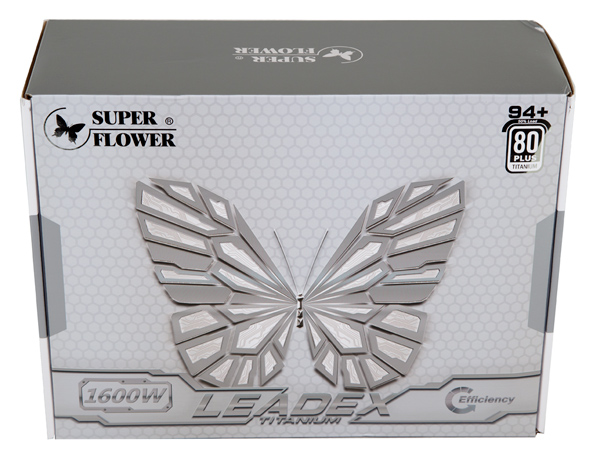
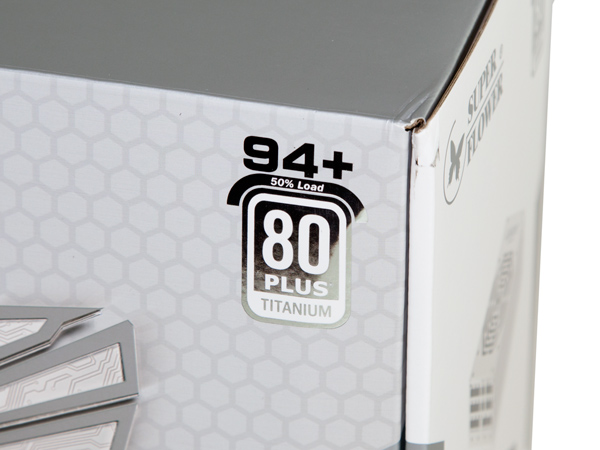
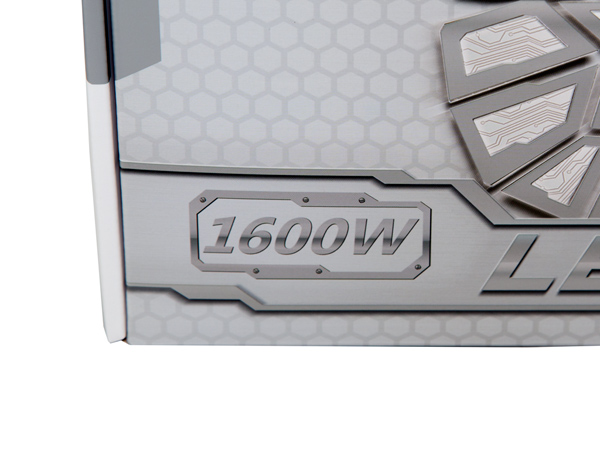

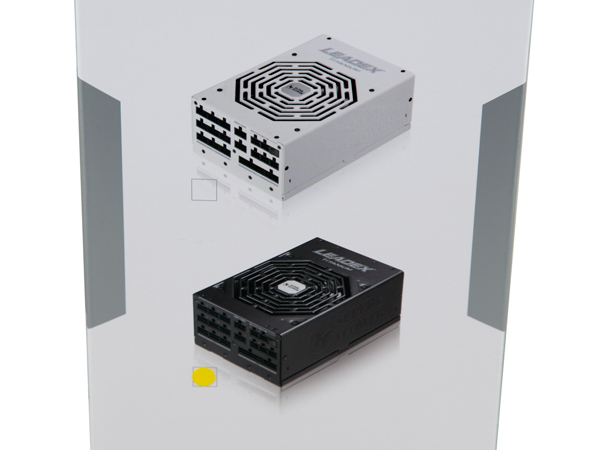
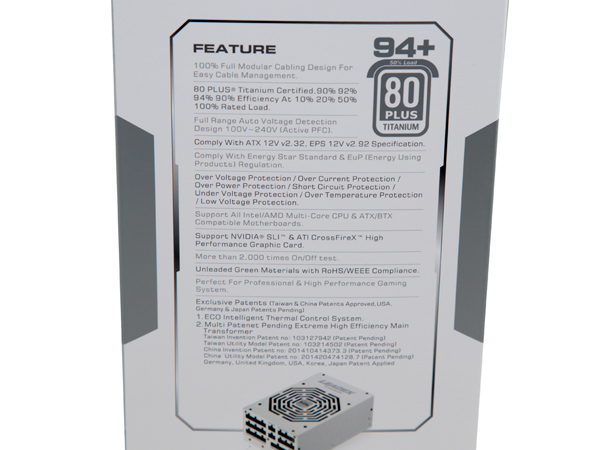
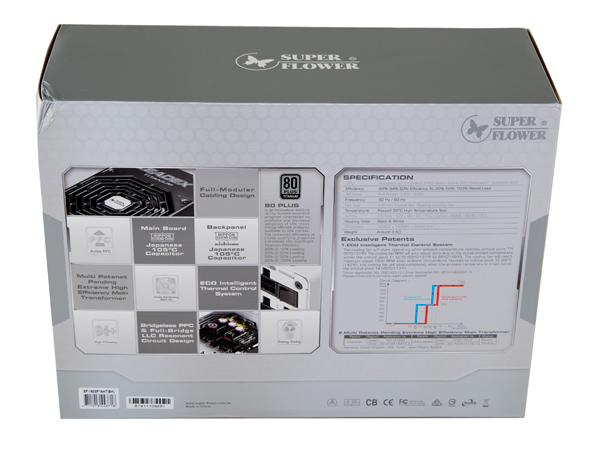
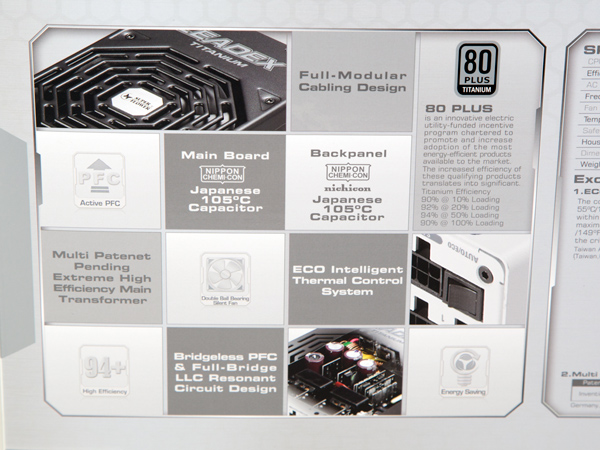
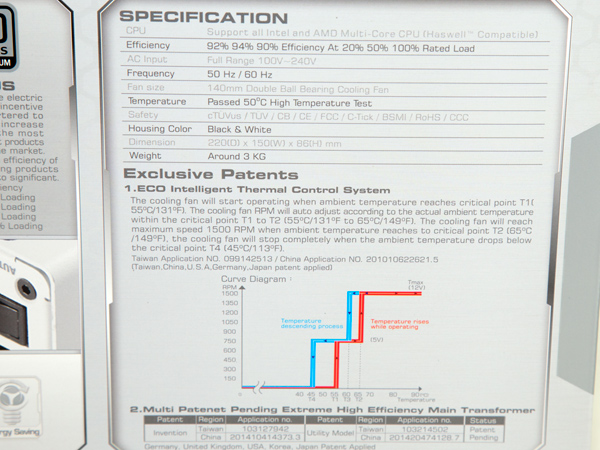
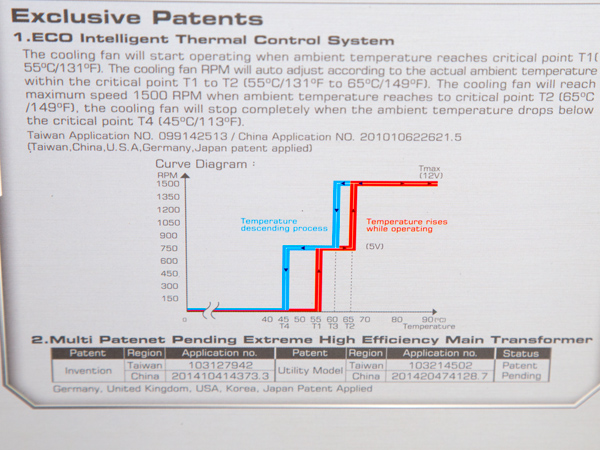
On one of the two sides of the box, you'll find a features list, along with another Titanium badge. On the other side, you'll see the two color versions of the Leadex PSU: black and white. Thankfully, Super Flower sent us the black version, which is easier to take pictures of on our white background.
On the back of the box, Super Flower provides another features list, along with several interesting photos of the PSU, including one of its internals. On the right side, a graph depicts the fan's speed profile, and a paragraph explains its operation in ECO mode, during which the fan doesn't spin until the internal temperature of the PSU reaches a specified threshold.
Contents
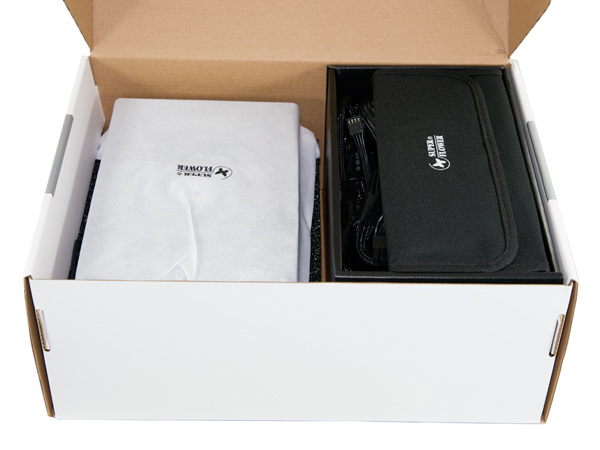
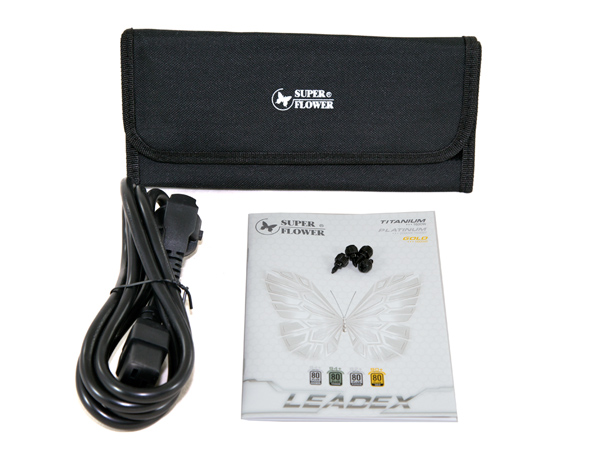
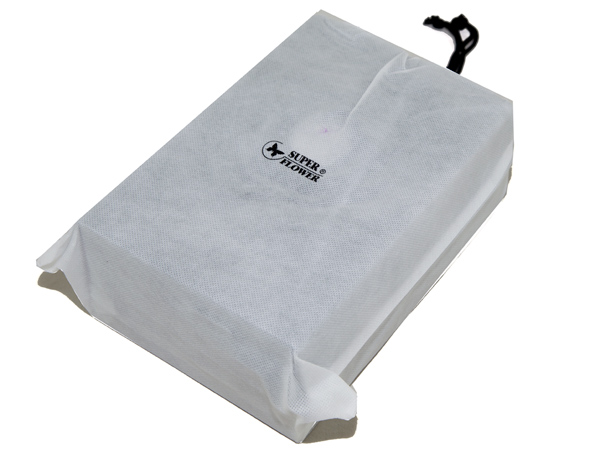
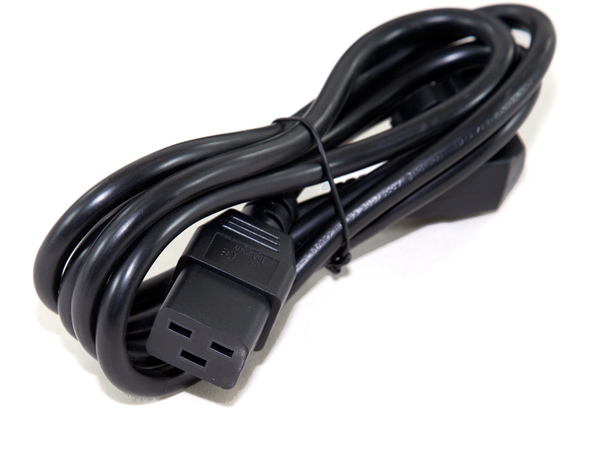
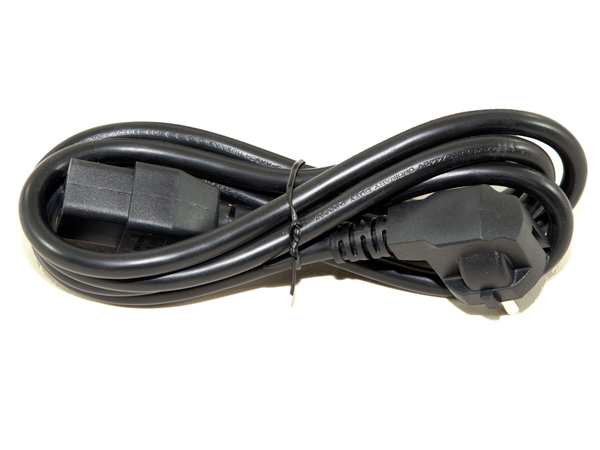
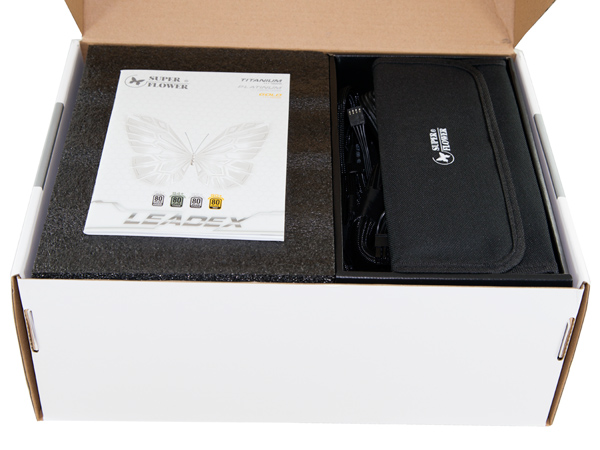
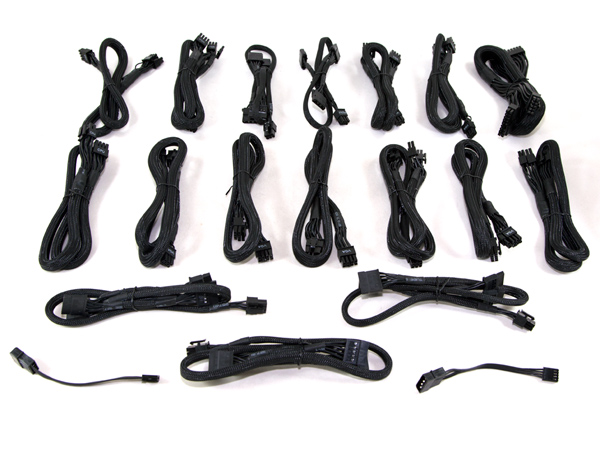
Packing foam completely surrounds the product, offering adequate protection, while a white bag protects the PSU from scratches that may occur during the unboxing process.
The bundle includes a thick AC cord with a C19 connector, along with a set of screws for chassis mounting, a pouch to store the unused modular cables and the user's manual. Strangely enough, we didn't find any Velcro straps or zip ties for cable management.
Exterior
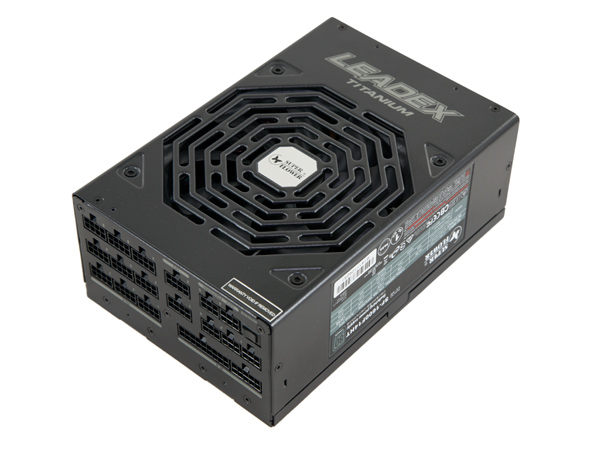
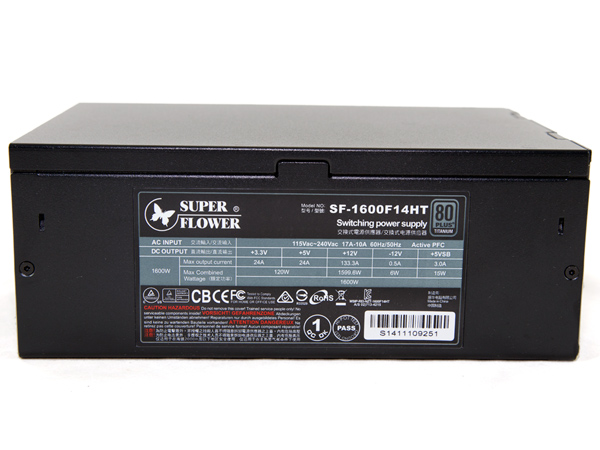
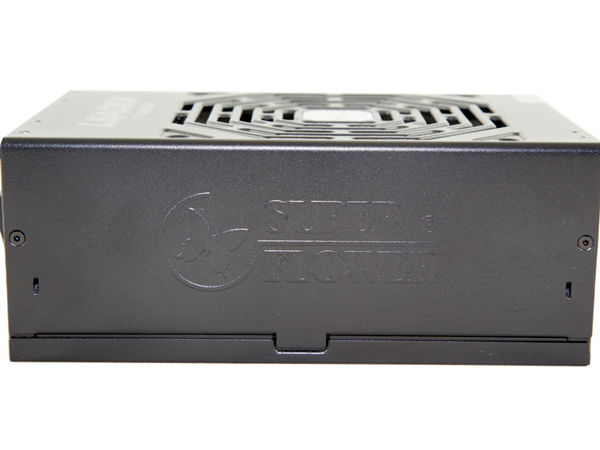
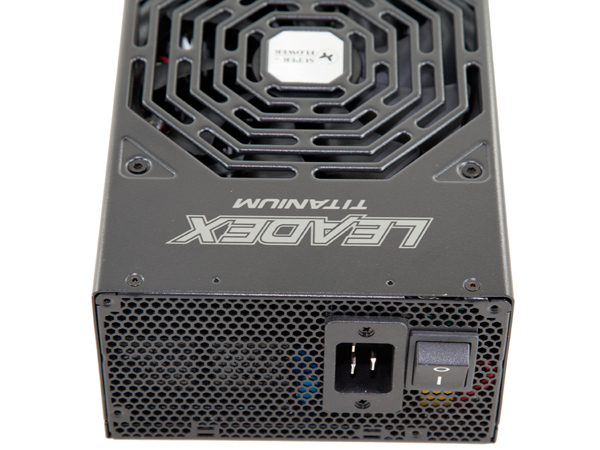
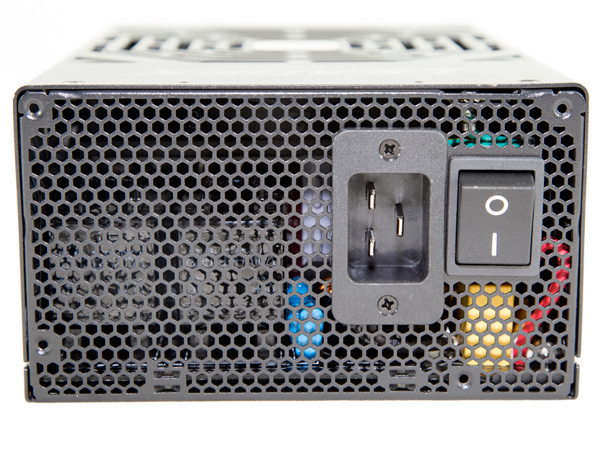
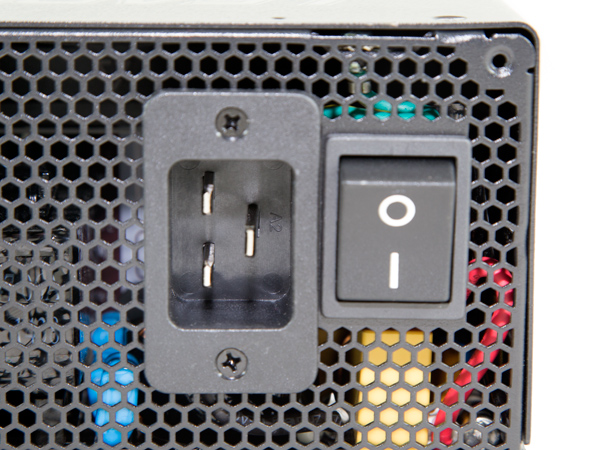
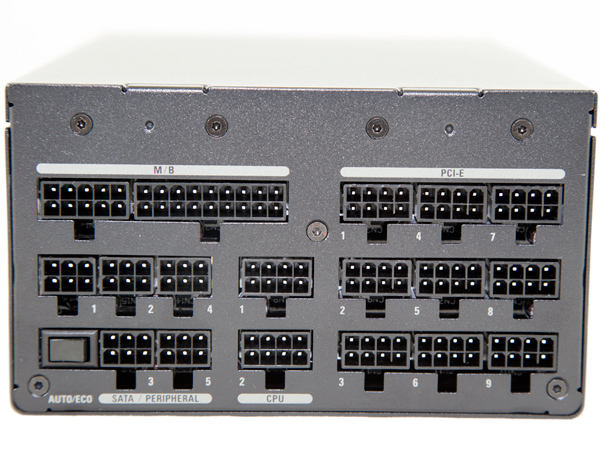
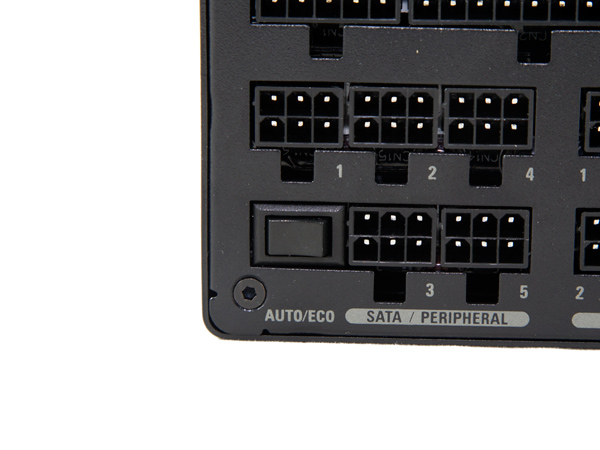

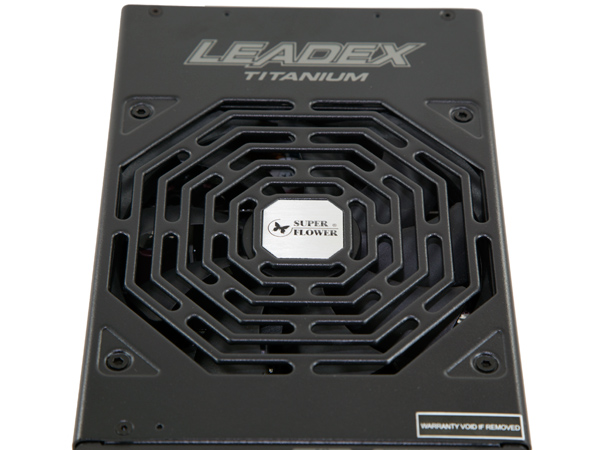
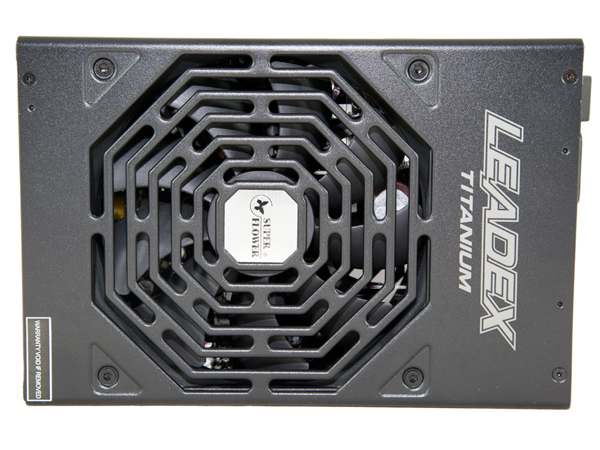
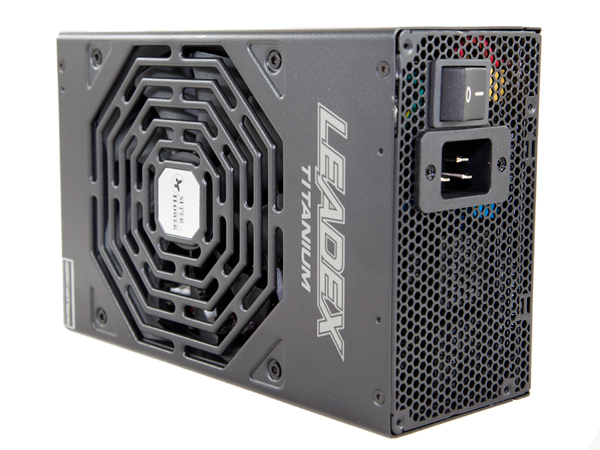
Although we like the industrial look of all high-end Super Flower units, we believe that the time has come to offer something new. The punched fan grill looks cool though, and the badge in the center is nice. On the front, the honeycomb-style mesh allows for increased airflow, and the only parts of it that are blocked are the ones occupied by the on/off switch and the large AC receptacle.
One of the two sides features a stamped Super Flower logo, while the other hosts a decal showing the power specifications table. We would have preferred the specifications table decal on the bottom of the PSU instead.
Get Tom's Hardware's best news and in-depth reviews, straight to your inbox.
The modular panel on the back of the PSU features many connectors. The eight-pin sockets on the right are for PCIe cables, while the eight-pin sockets in the middle are for EPS cables. Finally, five six-pin sockets are available for the peripheral cables, while the two sockets near the top-left corner are for the 24-pin ATX cable. On the bottom-left corner, we found the ECO switch, which toggles the semi-passive mode on/off. Normally, this switch should be located on the unit's front, where it would be easily accessible. At its current position, you need to have access to the system's internals in order to reach the switch, which is inconvenient.
The high-quality matte finish is fairly scratch-resistant. The dimensions of the PSU are huge, which is expected in a 1.6kW unit that needs large components to generate such high power levels.
Cabling
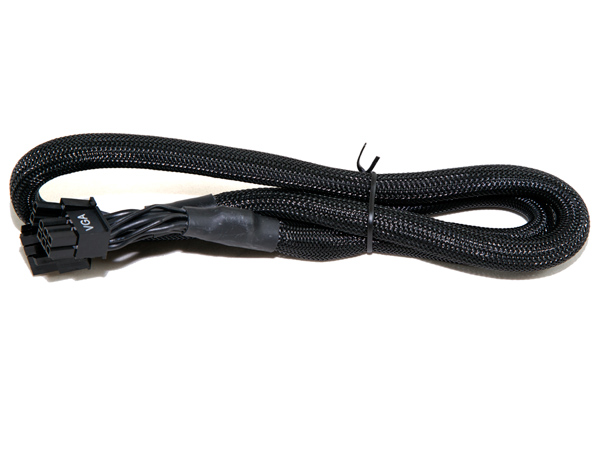
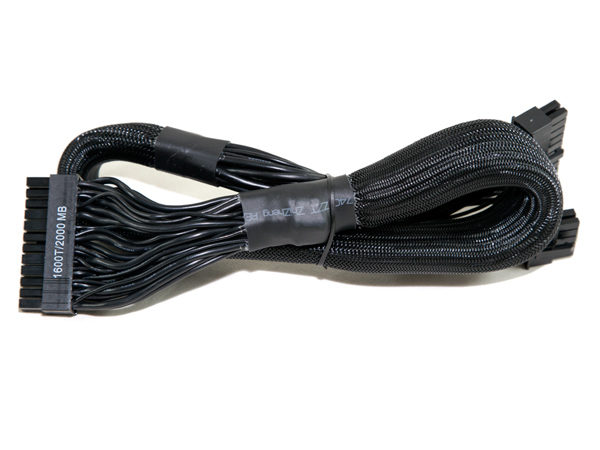
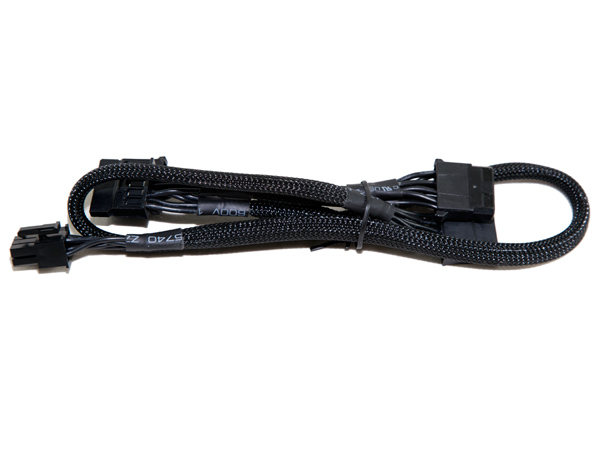
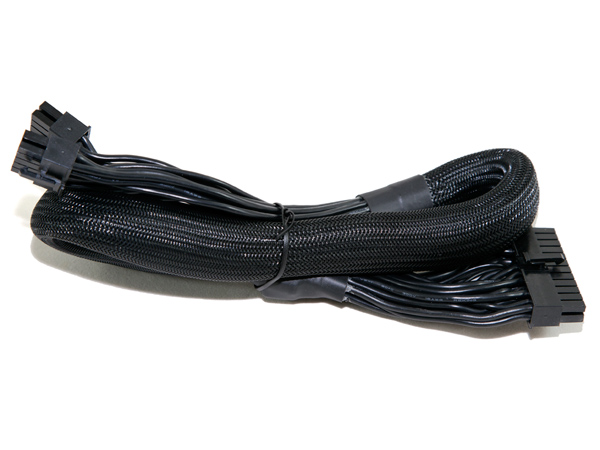

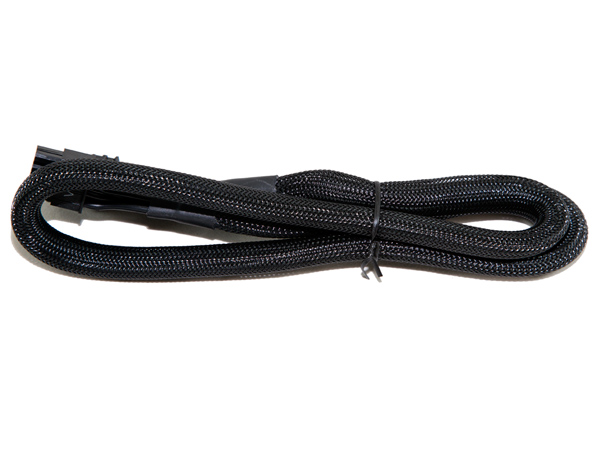
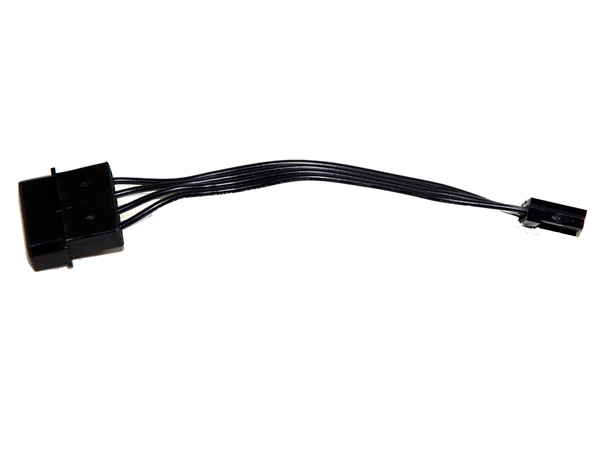
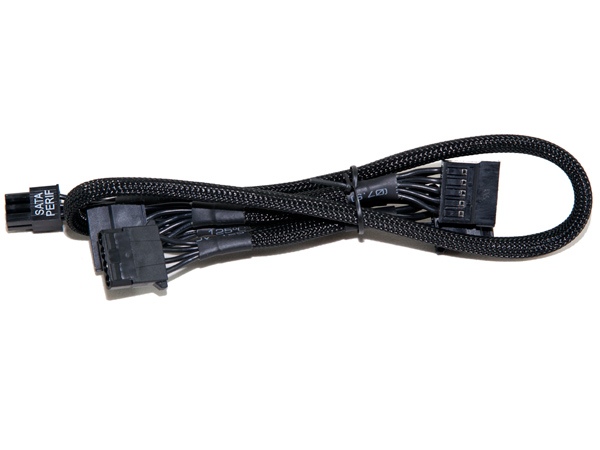
To provide lower ripple levels, all PCIe and EPS cables have capacitors installed on them; most likely, this is what prohibited the use of flat cables. Flat cables are more appropriate for PSUs that use a lot of cables, as they block less airflow inside a chassis. Another compromise is the cables' rigidity; in order to lower the voltage drops at high loads, Super Flower uses thicker gauges (16AWG) on most connectors. This surely plays a key role in load regulation, but at the same time, restricted flexibility makes installation and cable management more difficult.
All cables are stealth, meaning that they consist of darkened wires that will be less visible inside cases with dark-painted interiors. In a white chassis, the opposite is true.
Current page: Packaging, Contents, Exterior And Cabling
Prev Page Introduction Next Page A Look Inside And Component Analysis
Aris Mpitziopoulos is a contributing editor at Tom's Hardware, covering PSUs.
-
Shankovich As much as these super powered PSU reviews are interesting, I wouldn't mind seeing more PSU's for the regular non 4-way Crossfire/SLI user. I think in July you guys did some 450W reviews? Wouldn't also mind a battle of the basement review for those cheap PSU's just for fun. Again, love these 1000+ Watt reviews, but maybe toss in some sub 600W stuff in there more often if possible. Love the depth you guys go to in your PSU reviews!Reply -
MasterMace The Power Supply failed 80 Plus Titanium specifications at 50% (93.34% vs 94%) and 100% (89.61% vs 90%)Reply -
tanjo Page 9 graphs shows a different PSU (Corsair CS850M) though they all link to the correct full list images when clicked.Reply -
ko888 Reply15706850 said:The Power Supply failed 80 Plus Titanium specifications at 50% (93.34% vs 94%) and 100% (89.61% vs 90%)
80 PLUS certification occurs at 23°C only.
Tom's Hardware is testing in a hotbox at over 42°C. So how is that failing 80 Plus Titanium specifications when 80 PLUS Organization doesn't certify or even test at that temperature?
Kitguru.net measures efficiency at 35°C and the SuperFlower Leadex Titanium 1600W has no problem meeting 80 PLUS Titanium:
http://www.kitguru.net/components/power-supplies/zardon/superflower-leadex-titanium-1600w-review/6/ -
alidan ReplyAs much as these super powered PSU reviews are interesting, I wouldn't mind seeing more PSU's for the regular non 4-way Crossfire/SLI user. I think in July you guys did some 450W reviews? Wouldn't also mind a battle of the basement review for those cheap PSU's just for fun. Again, love these 1000+ Watt reviews, but maybe toss in some sub 600W stuff in there more often if possible. Love the depth you guys go to in your PSU reviews!
i personally cant see a reason to go lower than 650 watts, the most basic computer with a gpu may only use 50-60% of it at load, but the head room is valued by me far more than the cheaper outset cost...
i had a psu blow up on me... never again. -
Aris_Mp ReplyAs much as these super powered PSU reviews are interesting, I wouldn't mind seeing more PSU's for the regular non 4-way Crossfire/SLI user. I think in July you guys did some 450W reviews? Wouldn't also mind a battle of the basement review for those cheap PSU's just for fun. Again, love these 1000+ Watt reviews, but maybe toss in some sub 600W stuff in there more often if possible. Love the depth you guys go to in your PSU reviews!
As much as these super powered PSU reviews are interesting, I wouldn't mind seeing more PSU's for the regular non 4-way Crossfire/SLI user. I think in July you guys did some 450W reviews? Wouldn't also mind a battle of the basement review for those cheap PSU's just for fun. Again, love these 1000+ Watt reviews, but maybe toss in some sub 600W stuff in there more often if possible. Love the depth you guys go to in your PSU reviews!
As much as these super powered PSU reviews are interesting, I wouldn't mind seeing more PSU's for the regular non 4-way Crossfire/SLI user. I think in July you guys did some 450W reviews? Wouldn't also mind a battle of the basement review for those cheap PSU's just for fun. Again, love these 1000+ Watt reviews, but maybe toss in some sub 600W stuff in there more often if possible. Love the depth you guys go to in your PSU reviews!
The next PSUs will be more down to earth, with sub-1000 W capacities
-
Aris_Mp ReplyThe Power Supply failed 80 Plus Titanium specifications at 50% (93.34% vs 94%) and 100% (89.61% vs 90%)
Page 9 graphs shows a different PSU (Corsair CS850M) though they all link to the correct full list images when clicked.
Already informed the editors responsible to fix this. Thanks!